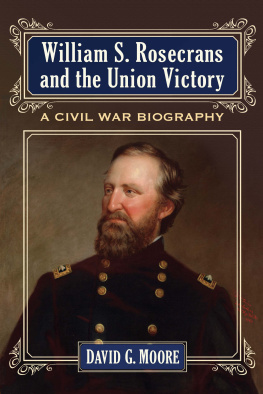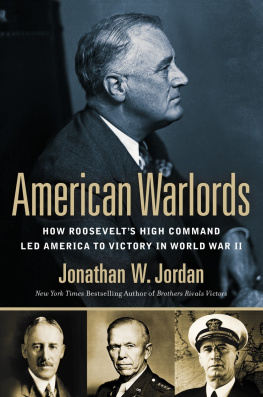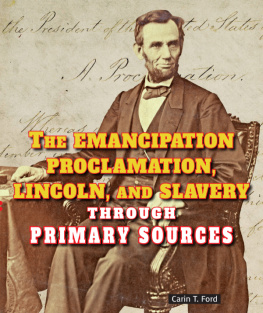Copyright 2014 by David Rigby
All Rights Reserved. No part of this book may be reproduced in any manner without the express written consent of the publisher, except in the case of brief excerpts in critical reviews or articles. All inquiries should be addressed to Carrel Books, 307 West 36th Street, 11th Floor, New York, NY 10018.
Carrel Books may be purchased in bulk at special discounts for sales promotion, corporate gifts, fund-raising, or educational purposes. Special editions can also be created to specifications. For details, contact the Special Sales Department, Carrel Books, 307 West 36th Street, 11th Floor, New York, NY 10018 or .
Carrel Books is a registered trademark of Skyhorse Publishing, Inc., a Delaware corporation.
Visit our website at www.carrelbooks.com.
10 9 8 7 6 5 4 3 2 1
Library of Congress Cataloging-in-Publication Data is available on file.
Print ISBN: 978-1-63144-005-2
Ebook ISBN: 978-1-63144-018-2
Printed in the United States of America
For my siblingsJudy, Sue, Tom, and Rick
CONTENTS
PREFACE
D ouglas MacArthur coined the phrase No Substitute for Victory, which I have appropriated for the title of this book. General MacArthur spoke these words to a joint session of the US Congress on April 19, 1951 in which he expressed the frustrations he had encountered as the commander of United Nations forces fighting a limited war in Korea. MacArthurs expression of anguish seems particularly apt for the title of a book which describes the difficulties that American political and military leaders have encountered throughout the nations history as they tried to formulate effective military strategies.
ACKNOWLEDGMENTS
I would like to thank Nick Lyons for always being willing to do a favor for a fellow salmon fisherman. I would also like to thank the following friends and colleagues, and one of my nephews, who were kind enough to read parts of this manuscript: Aaron Hiltner, Brianne Keith, Charles Gallagher, S.J., Cindy ONeill, and Graham Rigby. I take complete and sole responsibility for any errors in this book. I would also like to thank my sister, Sue, whose lifelong support of my endeavors began when she taught me how to ride a bicycle when I was six years old.
INTRODUCTION
T his book is about American military strategies that have led to American victory in war. In describing how narrow the margin of victory in war can sometimes be, historian Richard Overy has written in regard to the most important naval battle of World War II that for the Americans the decisive engagement at Midway Island was won because ten American bombs out of the hundreds dropped fell on the right target; that target being on the decks of four Japanese aircraft carriers. Overy is quite right, of course, but an additional reason why the Americans won the battle of Midway in June 1942 is that the Japanese failed to concentrate their forces at the right place at the right time. The Japanese deployed a total of eight aircraft carriers, and dozens of other warships, for the descent on Midway Island and a concurrent attack on the Aleutian Islands. However, those eight carriers were dispersed amongst four widely scattered Japanese task forces. Thus, only four Japanese aircraft carriers were close to Midway Island on the morning of June 4, 1942, the only place that mattered that day, and the Americans sank all four. The Americans had three aircraft carriers available for the Midway battle and all three of them operated close to Midway Island and were thus in the thick of the fighting.
Concentrating all available forces at the decisive point is one successful American military strategy described in this book. Another is that the adage the best defense is a good offense is not always true on the battlefield. American forces have won important victories (Midway being one) by adopting a defensive posture; waiting for a strong enemy force to attack; and then launching a powerful local counterattack.
The value of defensive victory and concentration of forces are covered in Chapter One of this volume. The Battle of Gettysburg in 1863 is here compared to Midway as another battle in which the United States (in this case, the Union) fought and won from a defensive standpoint. The second chapter describes the manner in which the battle for hearts and minds is overwhelmingly important in geostrategic terms. If hearts and minds can be won over, the United States can actually attain a strategic objective without fighting. The examples highlighted here are the Berlin Airlift and the Marshall Plan; specifically that it was American good intentions that gave birth to the Berlin Airlift and to the Marshall Plan with which the Airlift was closely associated, and that those good intentions were personified by Gail Halvorsen, the Candy Bombing American pilot who took to dropping chocolate bars tied to tiny parachutes to the children who gathered to watch American transport planes land in Berlin during the Airlift. I have tried to illustrate how the Marshall Plan, the Berlin Airlift, and the chocolate offensive waged by Gail Halvorsen and other American Airlift pilots represented the most effective implementation of the strategy of containment during the entirety of the Cold War.
The third chapter stresses that Americas armed forces are far more likely to win wars when the nations war aims are clear, rational, and consistent. The primary examples described here are, respectively, the ruthless simplicity of President James K. Polks aims during the Mexican War and the fact that President Lincolns Emancipation Proclamation during the American Civil War was really a logical part of Lincolns strategy of reuniting the nation rather than a departure from that strategy. The incoherence of American aims in the Vietnam War that led to disaster in that conflict is discussed here as a touchstone for what happens when Americas armed forces fight in accordance with a bad strategy; or even with no strategy.
Chapter Four is devoted to occasions when American forces have benefited greatly from mistakes made by the enemy. Examples include mistakes made by Germany and Japan, respectively, in World War II; but the bulk of this chapter is devoted to the battles of the Saratoga campaign in the summer and fall of 1777. During the Saratoga campaign, the British made so many serious mistakes that they practically defeated themselves. The victory at Saratoga in October 1777 is one of the most important military victories in American history. Saratoga allowed the infant American Republic to survive; it convinced the French government to join the war as an ally to the Americans; and it proved to be a pivotal event in the eventual American victory in the War of the Revolution.
The fifth and final chapter focuses on the necessity for unity of command. In this chapter, I explain how the unity of command obtained by the British and the Americans in World War II allowed General Eisenhower to run Supreme Headquarters Allied Expeditionary Force (SHAEF) smoothly despite the sometimes difficult subordinate commanders he was forced to work with. Also described is the way in which a unified theater command in the Central Pacific during World War II enabled the American ground force commander for the Central Pacific Drive, Lieutenant General Holland M. Smith, a marine, to fire an army divisional commander during the Marianas campaign. The bulk of this chapter, however, focuses on the manner in which Union forces in the American Civil War did a much better job of attaining a unified command structure than did the Confederacy. Examples from the Civil War include the manner in which General Ulysses S. Grant worked closely with naval river gunboats to win victories such as that at Fort Henry in February 1862 and at Vicksburg in July 1863. Grants willingness to develop good working relationships with his naval counterparts such as Rear Admiral David Dixon Porter at a time when the United States did not yet have a Secretary of Defense who could give orders to officers of both services were examples of the personal qualities Grant possessed which convinced President Lincoln in March 1864 to make General Grant the supreme commander of all Union land forces.











